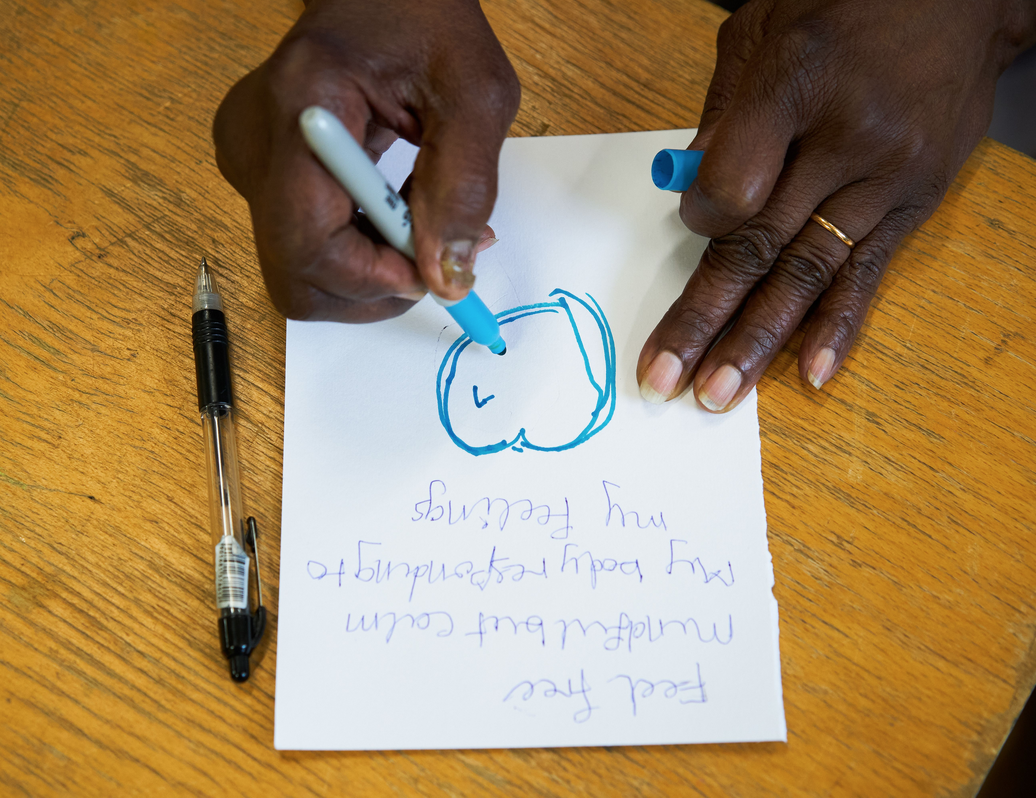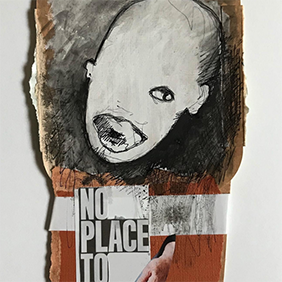
Storytelling
January 12, 2022
Teachers invited to ‘be inspired’ at biennial dance conference
January 26, 2022Collecting Stories
..... By Meriam Broersen
OVERVIEW
Stories help us to connect to people and places. They are everywhere, but before you can use them, you need to collect them. This worksheet will enable you to gather and develop stories from your life.
Questions: You - growing up
• How did you like to spend your free time?• What was your first toy?
• What was your favourite toy?
• What was the toy everyone wanted/was the most talked about?
• Where did you play most?
• What was your favourite board game?
• What was your favourite outdoor game?
• Did you use your imagination when playing?
• What was your favourite snack food?
• What was your favourite drink?
• What was your favourite food?
• What were your favourite clothes/shoes?
• What was your favourite film?
• Where was your favourite place to visit in your hometown?
• What was your most used electronic device?
• What was your favourite book?
• What item in your room did you use most?
• What was your favourite computer game?
• What TV programmes did you enjoy watching?
• What music did you like to listen to?
YOUR TASK
The first source to collect stories is from yourself. There are two lists of questions to get you started. The first is a list of questions about you in the past, you growing up before now. The second list has questions about you in the present, about now. You can go through the lists yourself or ask someone in your household to interview you.
You don’t necessarily have to answer all the questions, find out which question sparks a memory, an anecdote, a story.
Once you find a story, dig into it a little deeper:
Who is the story about?
Who else is in the story?
Where and when does the story take place?
Questions: You – Now
• How do you like to spend your free time?• What is your favourite toy?
• What is the toy everyone wants/is the most talked about?
• Where do you play most?
• What is your favourite board game?
• What is your favourite outdoor game?
• Do you use your imagination when playing?
• What is your favourite snack food?
• What is your favourite drink?
• What is your favourite food?
• What are your favourite clothes/shoes?
• What is your favourite film?
• Where is your favourite place to visit in your hometown?
• What is your most used electronic device?
• What is your favourite book?
• What is the best place to visit in your hometown?
• What item in your room do you use most?
• What is your favourite computer game?
• What TV programmes do you enjoy watching?
• What music do you like to listen to?











